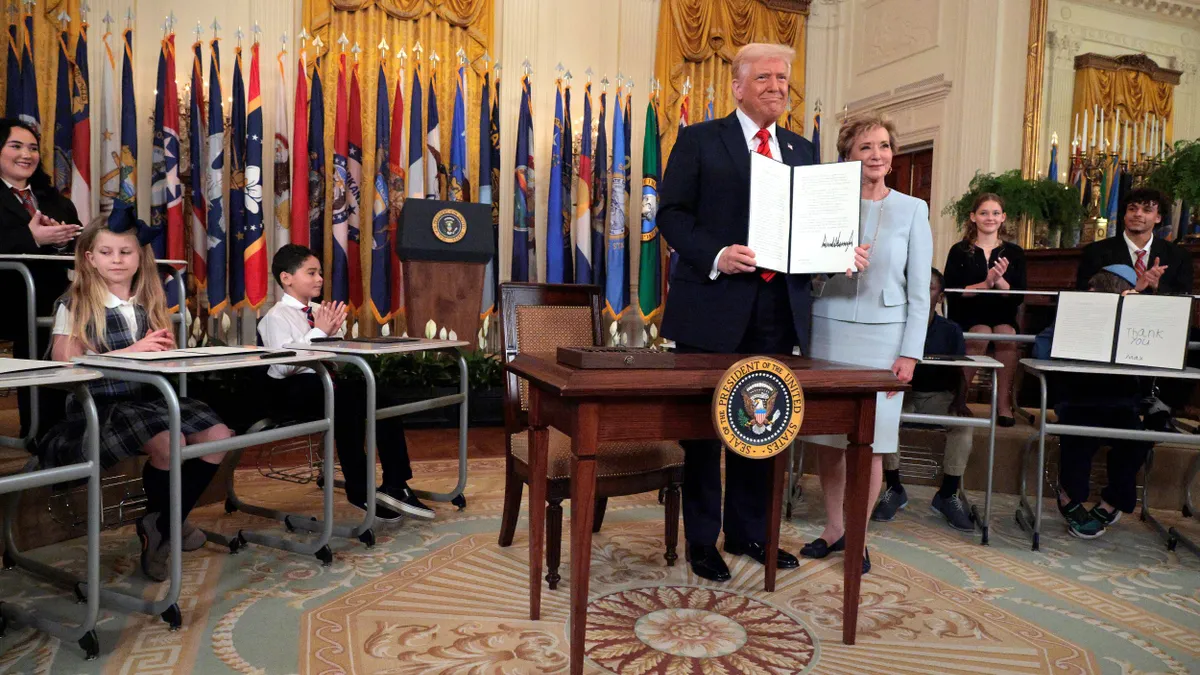Dive Summary:
- According to the Stanford Medicine Interactive Learning Initiative (SMILI), what was once typically lecture material will now be taught in condensed online videos that gives students responsibility and control over how quickly they learn and how many times they need reinforcement.
- Under SMILI, the classroom will be used for interactive and experiential learning, allowing professors to use the theory learned online as a jumping-off point to teach their students to implement their medical knowledge into real-life practice.
- The leading medical schools across the country are considering sharing a curriculum inspired by SMILI and are rethinking their educational models for the future.
From the article:
"A piece published yesterday in Inside Stanford Medicine takes a closer look at the efforts of a core group of Stanford professors, education technology specialists and collaborators from the Khan Academy to develop a new online learning initiative to reinvent medical school courses. We also reported on the work on Scope last week.
The first step in the Stanford Medicine Interactive Learning Initiatives (SMILI) is to reverse the traditional teaching method of class time being reserved for lectures and problem-solving exercises being completed outside of school as 'homework.' Under the new model, online learning is combined with the Socratic method to ensure that medical students are fully comprehending new information in a meaningful way. The model was first proposed by Charles Prober, MD, senior associate dean for medical education at Stanford, and Chip Heath, PhD, a professor of organizational behavior at the Stanford Graduate School of Business an article (subscription required) in the New England Journal of Medicine. ..."












